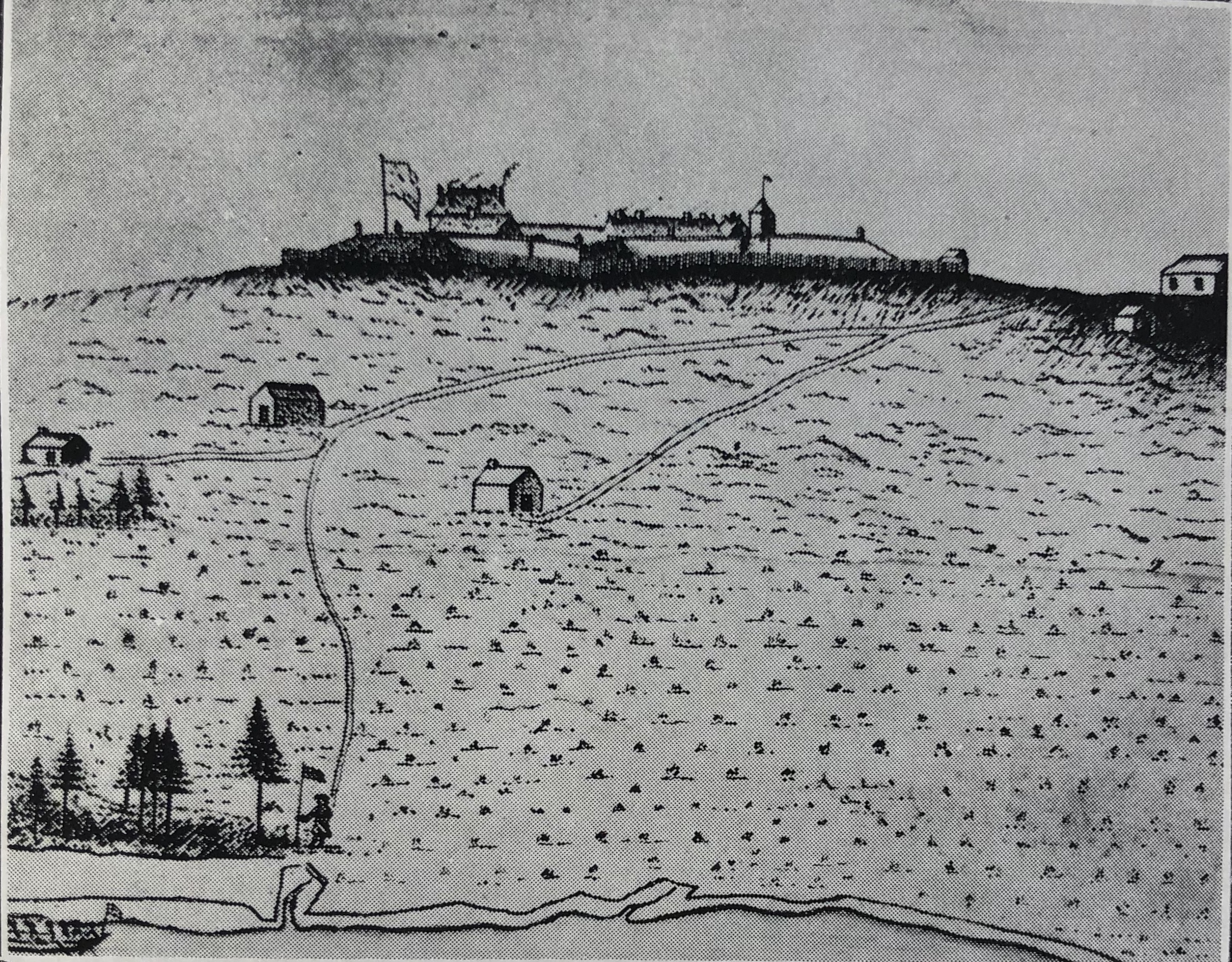|
Fort Cumberland (Canada)
Fort Cumberland may refer to: Places *Fort Cumberland (Canada) also known as Fort Beauséjour, built by the French in 1752 and abandoned by the British in 1852 * Fort Cumberland (England), an existing pentagonal artillery fortification first erected in 1747 to guard the entrance to Langstone Harbour, east of the naval port of Portsmouth on the south coast of England * Fort Cumberland (Maryland) (built 1754), an 18th-century frontier fort at the current site of Cumberland, Maryland, USA; an important military and economic center during the French and Indian War (1754–63); figured significantly in the early career of George Washington Other uses *Battle of Fort Cumberland The Battle of Fort Cumberland (also known as the Eddy Rebellion) was an attempt by a small number of militia commanded by Jonathan Eddy to bring the American Revolutionary War to Nova Scotia in late 1776. With minimal logistical support from M ... or Eddy's Rebellion, an attempt to bring the American Revolutio ... [...More Info...] [...Related Items...] OR: [Wikipedia] [Google] [Baidu] |
Fort Beauséjour
Fort Beauséjour (), renamed Fort Cumberland in 1755, is a large, five-bastioned fort on the Isthmus of Chignecto in eastern Canada, a neck of land connecting the present-day province of New Brunswick with that of Nova Scotia. The site was strategically important in Acadia, a French colony that included primarily the Maritimes, the eastern part of Quebec, and northern Maine of the later United States. The fort was built by the French from 1751 to 1752. They surrendered it to the British in 1755 after their defeat in the Battle of Fort Beauséjour, during the Seven Years' War. The British renamed the structure as Fort Cumberland. The fort was strategically important throughout the Anglo-French rivalry of 1749–63, known as the French and Indian Wars by British colonists. Less than a generation later, it was the site of the 1776 Battle of Fort Cumberland, when the British forces repulsed sympathisers of the American Revolution. Since 1920 the site has been designated as a Na ... [...More Info...] [...Related Items...] OR: [Wikipedia] [Google] [Baidu] |
Fort Cumberland (England)
Fort Cumberland is a pentagonal artillery fortification erected to guard the entrance to Langstone Harbour, east of the Dockyard of Portsmouth on the south coast of England. It was sited to protect the Royal Navy Dockyard, by preventing enemy forces from landing in Langstone Harbour and attacking from the landward side. Fort Cumberland is widely recognised as the finest example of a bastion trace fort in England. It is a scheduled monument and a Grade II* listed building The first fort (1747-1785) The first fort on the site was built by the Duke of Cumberland. Although there did previously exist an earthwork battery on the site, built in 1714. Work on Cumberland's fort commenced on 1 January 1747 and was substantially complete by the end of 1748. The fort had an irregular star shaped form, and was of earthwork construction. In section, the defences comprised a glacis, banquette and covered way, a dry ditch, berm, rampart, parapet and terre-plein. Within the body of the fort, ... [...More Info...] [...Related Items...] OR: [Wikipedia] [Google] [Baidu] |
Fort Cumberland (Maryland)
380px, ''Fort Cumberland, 1755'' (1878) Fort Cumberland (built 1754) was an 18th-century frontier fort at the current site of Cumberland, Maryland, USA. It was an important military and economic center during the French and Indian War (1754–63) and figured significantly in the early career of George Washington. History At the current location of the city of Cumberland, Maryland, a crude frontier fort was constructed at the confluence of Wills Creek and the Potomac River in fall 1754 by troops of the Maryland militia, under the command of Captain John Dagworthy, and under the overall command of Colonel James Innes, the commander-in-chief of colonial forces at that time. A few years earlier, Thomas Cresap had established a trading post nearby, and hired Native Americans including the local chief Nemacolin to blaze a shorter path across the Allegheny Mountains to Redstone Creek on the Monongahela River, which became known as Nemacolin's Path. Initially named Fort Mount Pleasan ... [...More Info...] [...Related Items...] OR: [Wikipedia] [Google] [Baidu] |
Battle Of Fort Cumberland
The Battle of Fort Cumberland (also known as the Eddy Rebellion) was an attempt by a small number of militia commanded by Jonathan Eddy to bring the American Revolutionary War to Nova Scotia in late 1776. With minimal logistical support from Massachusetts and four to five hundred volunteer militia and Natives, Eddy attempted to besiege and storm Fort Cumberland in central Nova Scotia (near the present-day border between Nova Scotia and New Brunswick) in November 1776. The fort's defenders, the Royal Fencible American Regiment led by Joseph Goreham, a veteran of the French and Indian War, successfully repelled several attempts by Eddy's militia to storm the fort, and the siege was ultimately relieved when the RFA plus marine reinforcements drove off the besiegers on November 29. In retaliation for the role of locals who supported the siege, numerous homes and farms were destroyed, and Patriot sympathizers were driven out of the area. The successful defense of Fort Cumberla ... [...More Info...] [...Related Items...] OR: [Wikipedia] [Google] [Baidu] |

